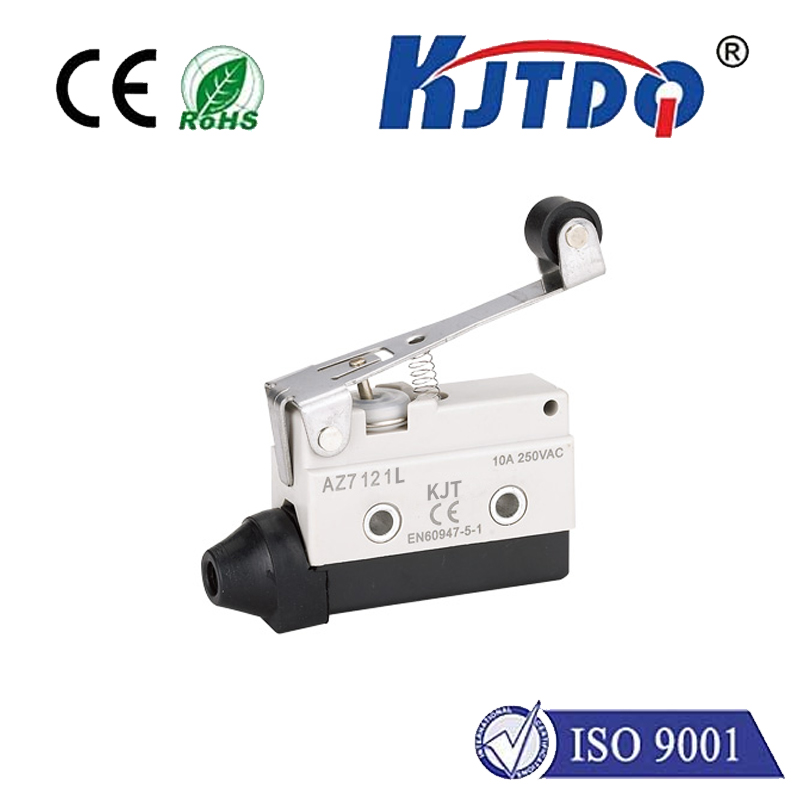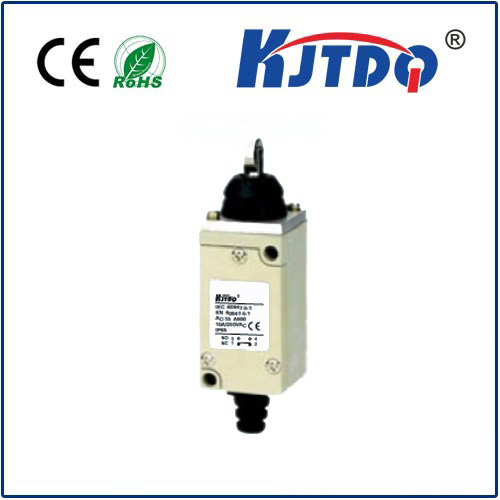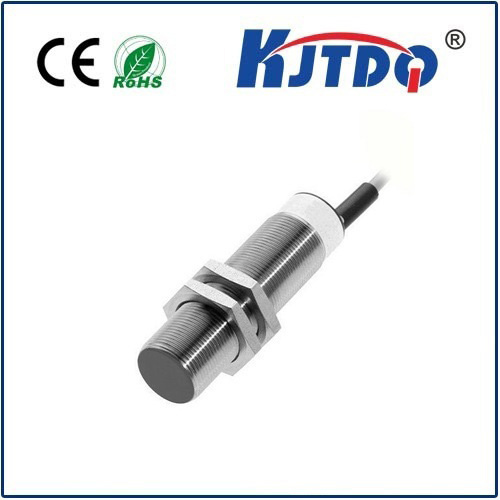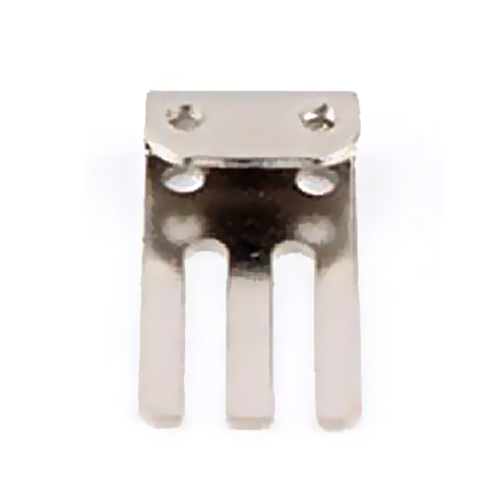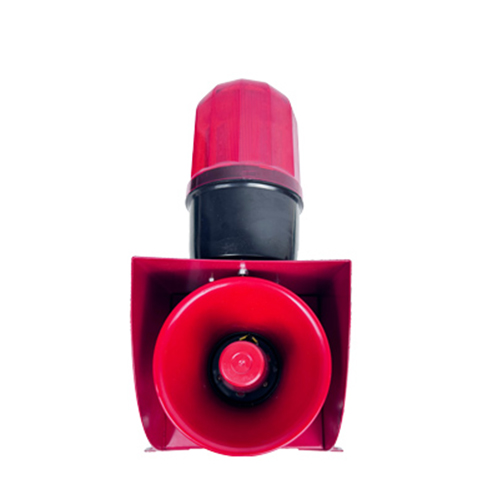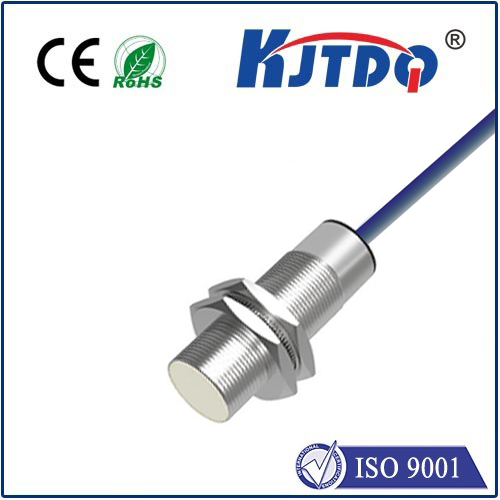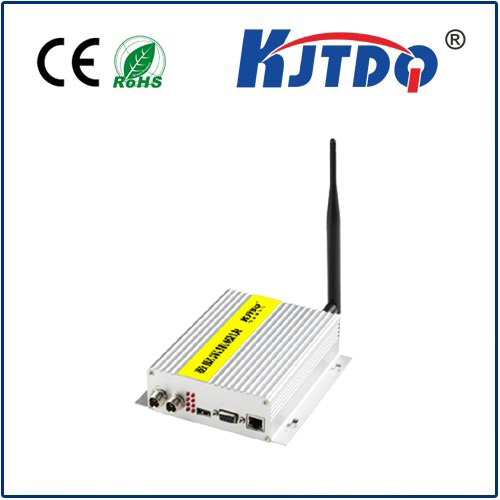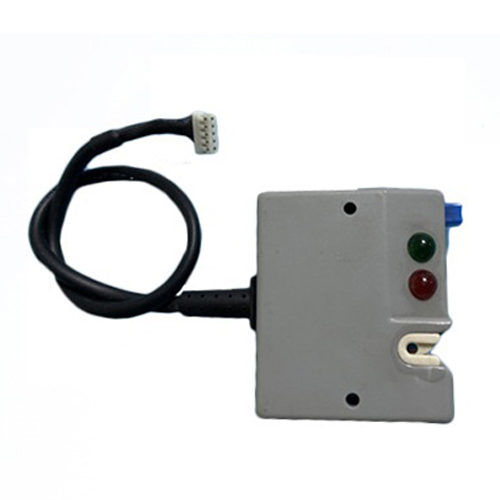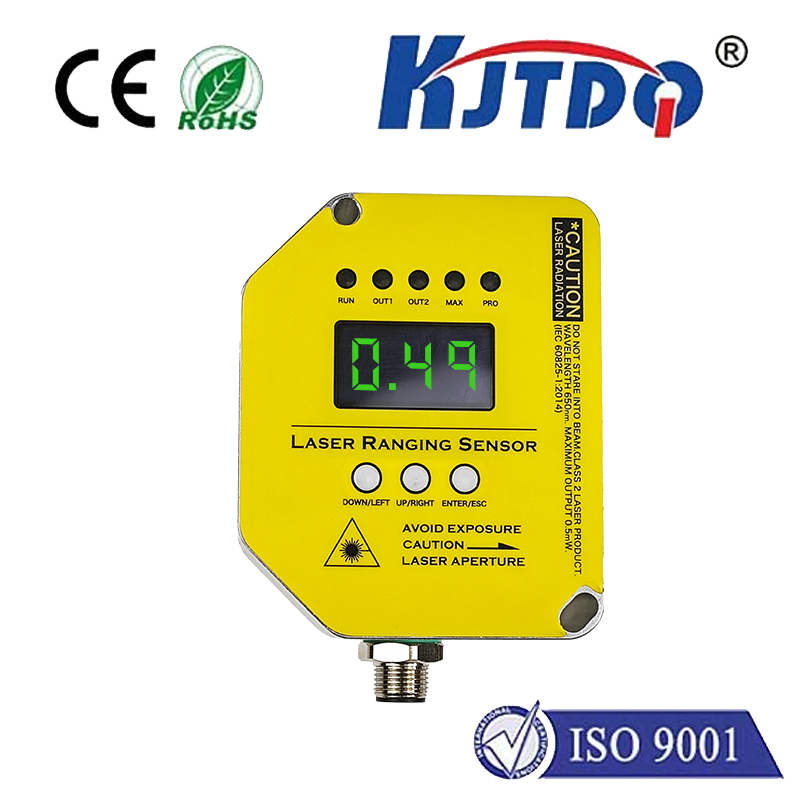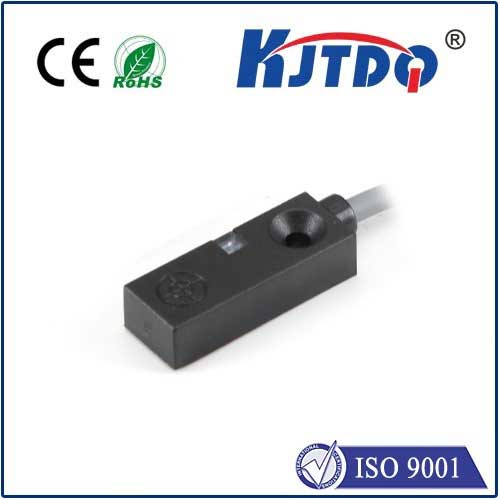Imagine the silent, relentless rhythm of a factory floor. Conveyor belts hum, robotic arms execute precise movements, and machinery starts and stops with seamless coordination. Ensuring this complex dance operates safely, efficiently, and reliably hinges significantly on sensors – the unsung heroes feeding critical data to control systems. Among the most fundamental sensors used across countless industrial automation applications, limit switches and proximity switches reign supreme. While both excel at detecting the presence or position of an object, their underlying technologies and ideal use cases are fundamentally different. Understanding how and where each excels is paramount for designing robust and effective control systems.
What is a Limit Switch? The Mechanical Sentinel
At its core, a ограничительный переключатель is an electromechanical device. Its operation relies on physical contact with the target object. It typically consists of:
How it Works: When the target object makes contact with the actuator, it physically moves or presses the actuator. This mechanical force causes a change in the state of the internal electrical contacts – typically opening or closing a circuit. This change in the electrical signal is sent to the machine’s controller (like a PLC), triggering a programmed action: stopping a motor, reversing direction, initiating a sequence, or activating an alarm.
Key Characteristics & Advantages:
Physical Confirmation: Provides direct, tangible feedback that contact has occurred.
Simplicity & Robustness: Relatively simple mechanical design often translates to high durability in demanding environments, resisting electrical noise well.
High Force/Position Accuracy: Can be designed to actuate at very precise physical positions with a defined force.
Многогранность: Actuators come in numerous shapes and sizes (roller levers, whisker types, plungers) for diverse applications.
Clear Feedback: Often provides audible (click) and sometimes visual feedback upon actuation.
Considerations & Limitations:
Mechanical Wear: Moving parts are subject to friction, wear, and potential fatigue over time, requiring eventual maintenance or replacement.

Speed Limitation: The need for physical movement inherently limits the maximum sensing speed achievable compared to non-contact sensors.
Vibration Sensitivity: Excessive vibration can cause unintended actuation or chatter.
Contact Contamination: Dirt, grime, oil, or other contaminants can interfere with the mechanical movement or electrical contacts.
Requires Physical Contact: Not suitable for detecting fragile objects, liquids, powders, or objects that shouldn’t be touched.
What is a Proximity Switch? The Contactless Guardian
А.датчик приближения (often called a Переключатель приближения) is a non-contact sensing device. It detects the presence, absence, or position of an object without requiring physical touch. It achieves this by emitting a field (electromagnetic, magnetic, or capacitive) and monitoring disturbances in that field caused by a target entering its sensing zone.
How it Works: The principle depends on the type:
Inductive Proximity Switches: Emit an oscillating electromagnetic field. When a ferrous metal (iron, steel) target enters this field, it induces eddy currents on the target’s surface, damping the oscillation. This change is detected, signaling the presence of the target.
Capacitive Proximity Switches: Generate an electrostatic field. When any material (metal, plastic, wood, liquid, granules) with a dielectric constant different from air enters the field, it alters the capacitance. This change is detected.
Magnetic Proximity Switches: Detect the presence of a permanent magnet. Often used with magnet targets or in cylinder position sensing.
Key Characteristics & Advantages:
Non-Contact Sensing: Eliminates wear and tear from physical contact. Ideal for fragile objects, fast-moving objects, and wet/dirty environments.
High Speed: Can detect objects at very high speeds (thousands of cycles per minute) due to no moving parts.
Long Service Life: Solid-state design (no moving parts) generally leads to exceptional reliability and longevity.
Resistance to Contaminants: Encapsulated designs provide excellent resistance to dust, dirt, moisture, oil, and chemicals.
Sensing Diverse Targets: Capacitive types can detect nearly any material; inductive excels with metals.
Considerations & Limitations:
Sensing Range: Effective sensing distances (sensing distance) are generally shorter than mechanical reach of some limit switch actuators.
Target Material Sensitivity: Inductive sensors only detect metals (and types differently); capacitive requires dielectric constant differences.
Environmental Interference: Metallic surroundings near inductive sensors or strong electromagnetic fields can cause false triggering. Capacitive sensors can be influenced by humidity or other materials nearby.
Cost: Often more expensive per unit than basic limit switches (though lifetime cost may be lower).
No Physical Feedback: Lacks the audible/mechanical confirmation of contact.
Head-to-Head: Choosing Between Limit & Proximity Switches
The decision isn’t about which sensor is “better,” but rather which sensor is best suited for the specific application. Here’s a comparative breakdown:
| Особенности | ограничительный переключатель | Proximity Switch (Inductive Example) |
|---|---|---|
| Sensing Principle | Physical Contact (Mechanical Actuation) | Non-Contact (Electromagnetic Field Disturbance) |
| Target Requirement | Any object causing sufficient actuator displacement | Ferrous Metal (Inductive), Metal/Non-Metal (Capacitive) |
| Response Speed | Limited (Mechanical Movement) | Very High Speed (Solid State) |
| Durability/Lifetime | Moderate (Moving Parts Wear) | Высокий (No Moving Parts/Solid State) |
| Environment | Vulnerable to Contaminants, Moisture | Resistant to Dust, Moisture, Chemicals |
| Sensing Range | Defined by Actuator Length | Short & Fixed (e.g., 2-30mm typical) |
| Position Accuracy | Высокий (Defined Actuation Point) | Moderate (Depends on Sensing Field Consistency) |
| Cost | Lower Initial Cost | Higher Initial Cost |
| Mechanical Feedback | - Да. (Audible Click, Visual Movement) | Нет! |
| Impact Resistance | Высокий (Robust Housing) | Moderate (Sensitive Electronic Components) |
Application-Based Selection: Where Each Shines
